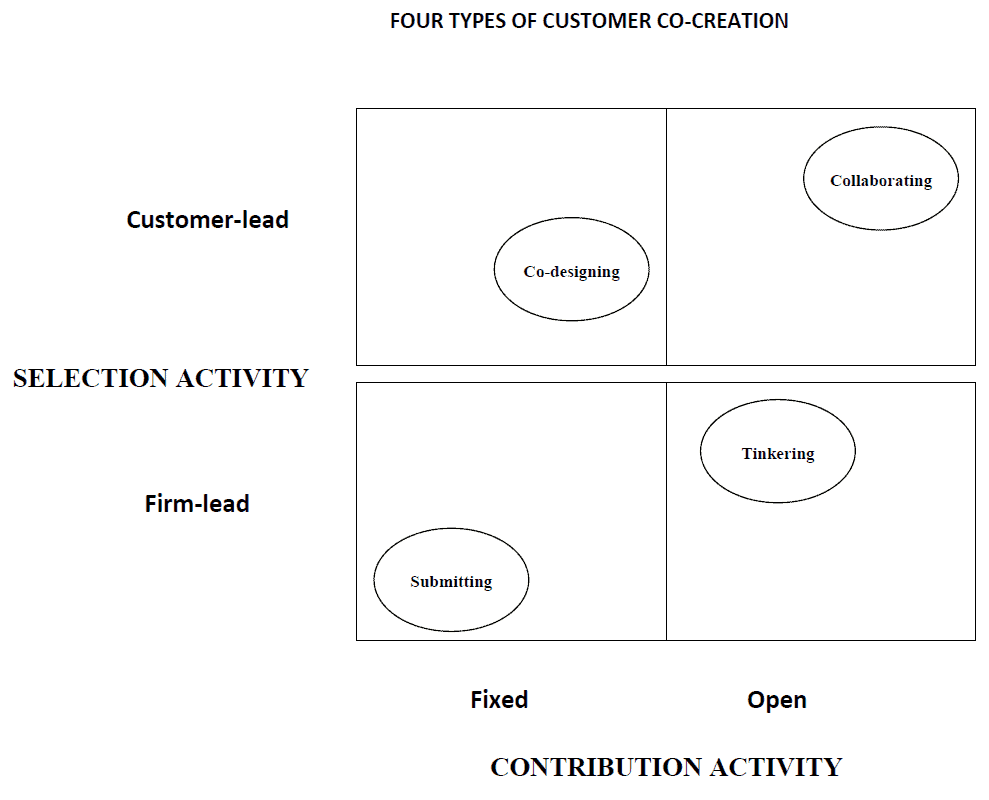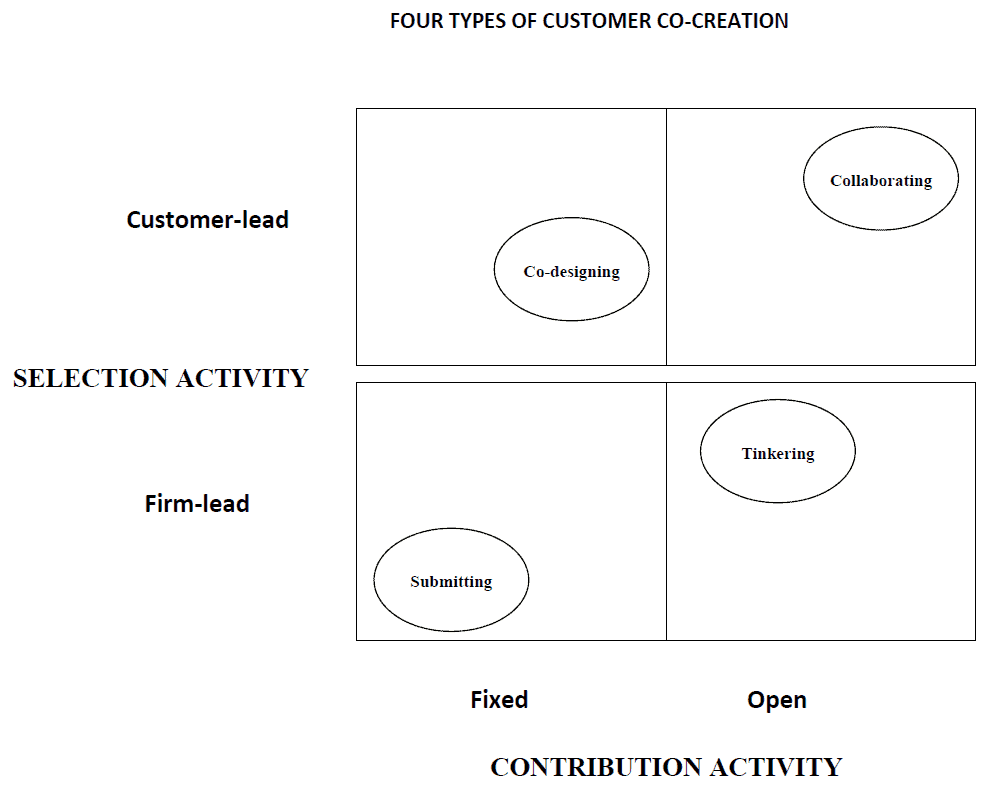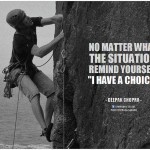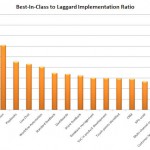Over the last 18 months or so, we have been working with an innovative client who has looked to their customers to co-create their business model, products and loyalty strategy. It has been an exciting and thrilling journey in a typically conservative industry; financial services. In their case, an online, conversational community was an invaluable supplement to focus groups and market research. And the conversation has been extended to social media such as twitter and Facebook.
This experience has us thinking about the opportunities organisations (those not afraid of public dialogue with their customers) have to develop new products in concert with their customers. We came across this useful paper recently and recommend it to anyone looking to make new product development a lower risk proposition; Customer Co-creation: A Typology & Research Agenda (O’Hearn & Rindfleisch, 2008).
Interest in this new product development (‘NPD’) approach is due to our skeptical view of the traditional wisdom that says NPD is an internal function, where passive, dependent customers rely on suppliers to satisfy their needs. A single visit to any of the large scale social media or public rating sites (e.g. Trip Adviser) will convince most of us that there is nothing passive about today’s connected consumers!
We are in the customer loyalty business and – ‘If you want to have the most loyal customers, always have the obviously best products at the clearly lowest price’ – is the tongue in cheek mantra we use to remind ourselves that, the product matters. Anything that helps build a better product from the customer’s perspective is part of your loyalty strategy.
Hence our interest in co-creation.

The authors distinguish between customer contribution of new ideas and their selection of ideas and features for further development and come up with a useful set of co-creation styles and choices which can be adopted, to suit your particular business style and risk appetite (if exposing plans early poses a risk of course).
Collaborating – this style gives the customers the greatest power to contribute their own ideas and select components for new products and the best known example of this approach is Open Source software development. Best suited for information rich applications, it requires customers with relatively high skill levels.
Tinkering – is where customers make modifications to commercially available products, some of which are incorporated into later releases. The computer game industry is a good example of this, with enhancements made by players. Downside is that you may end up competing with customer modifications…
Co-designing – a relatively small group of customers provides the majority of the new ideas and the bulk of the customers select which ones get implemented/developed. Threadless, the t-shirt manufacturer is a good example, as is the news site Digg.
Submitting – the toughest on the customers who are asked to communicate more fully formed concepts, with the company maintaining full control over the NPD process. Ducati for example has a ‘Design your dream Ducati’ process where customers submit full designs. The customer rewards for adopted concepts can be substantial in this style of co-creation, whereas the pleasure and status of participating is generally enough to engage customers in the other 3 styles.
I've created an Excel Customer Lifetime Value Calculator: Download Here





